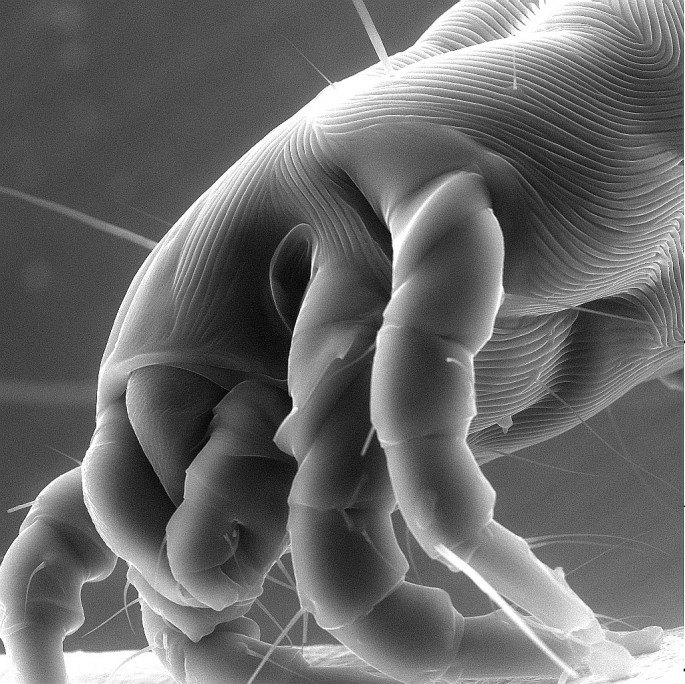Environmental Electron Microscopy

The group's area of interest is environmental scanning electron microscopy and signal electron detection, and so it follows the more than 20-year tradition founded by Prof. Rudolf Autrata. In the field of basic and applied research the principle of interactions between electrons, both primary and signal, and gas is investigated and utilized in the design end development of detection systems based on impact ionization of gas molecules by signal electrons, scintillation-ionization detectors of secondary and back-scattered electrons for high-pressure gaseous environment as well as for standard SEMs and for the development of difficult-to-observe samples of both animate and inanimate natural origin. Using transmission electron microscopy the group also researches the energy-dispersive analysis of electrically non-conducting samples, polymer samples, damp biological or other samples observer in the wet state, or even liquids. In cooperation with many academic partners and manufacturers the group realizes research of a wide range of samples that are difficult to observe, mostly in dynamic in-situ experiments.
Excellence .
Low dose micro-morphological characterisation of untreated wet biological samples and polymers in ESEM
Dynamical in-situ observation of samples on the phase boundaries/transitions of matters and under well balanced thermodynamic conditions in ESEM & electron microscopy for ice chemistry
Monte-Carlo simulations of electron-gas, electron-water and electron-solid interactions in ESEM and SEM
High-resolution imaging and X-ray micro-analysis of non/semi conductive samples in pressure conditions of ESEM
Research, development and manufacturing of very high efficient detectors of signal electrons for electron microscopy
Gas flow and heat transfer simulations for R&D of custom instrumentation for ESEM and SEM












